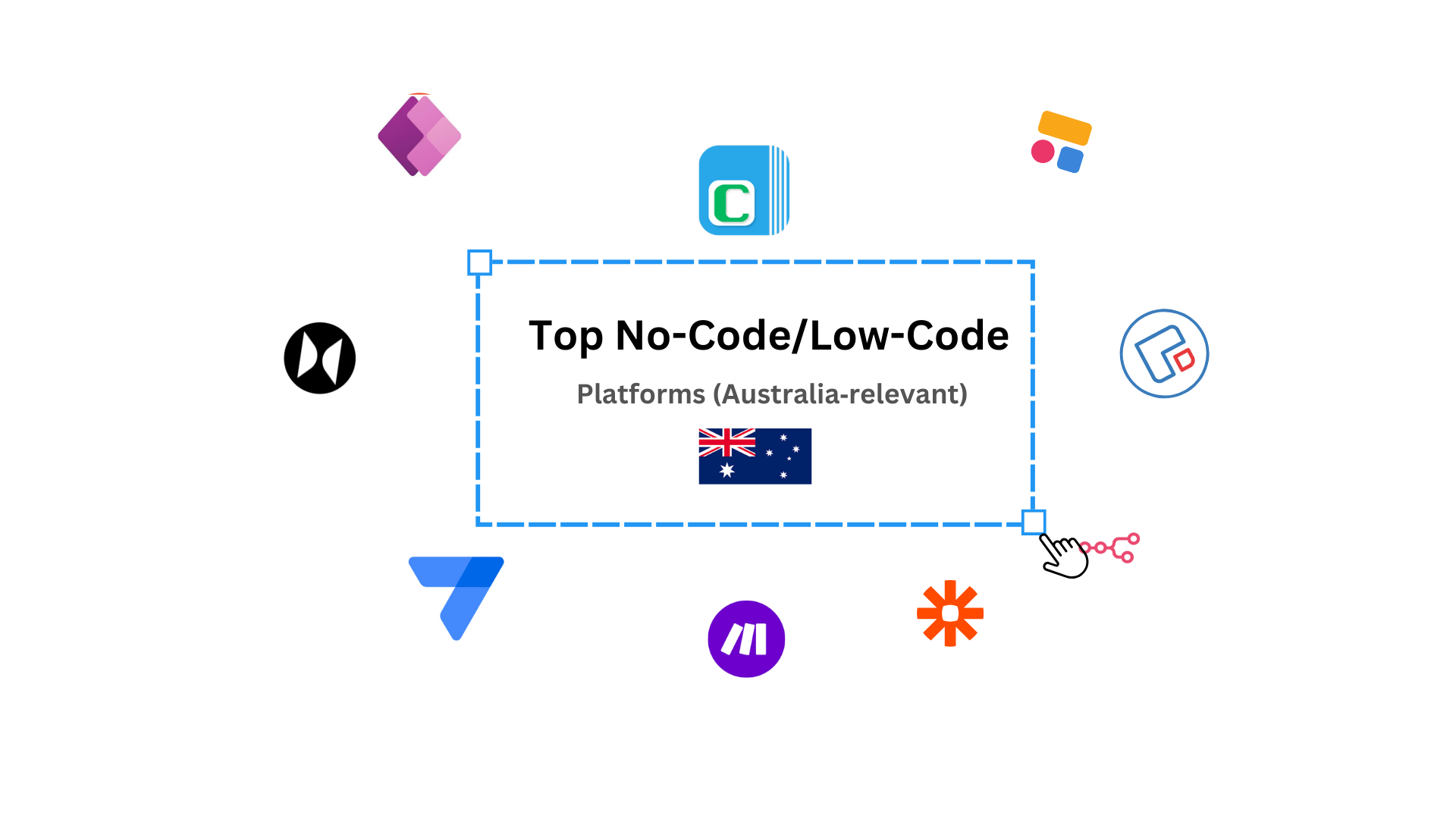
Over the years, the landscape of application development has undergone significant changes, shifting from traditional coding (Pro-code) to Low-code and now to No-code approaches. This blog post delves into the essence of application development and explores the transformative journey from Pro-code to No-code.
Application development is the process of creating software applications that run on various devices, including personal computers, mobile phones, and servers. These applications can range from simple utilities to complex operating systems and encompass a variety of programming languages, frameworks, and development tools. The objective of application development is to translate user needs into software solutions that are efficient, effective, and easy to use.
Historically, application development has been synonymous with Pro-code, where seasoned programmers write extensive lines of code to create software. Pro-code is the foundational approach to application development, requiring a deep understanding of programming languages such as Java, C++, Python, and others. This method affords developers maximum control over the application, its features, and performance.
Despite its precision, Pro-code development can be time-consuming, resource-intensive, and requires a steep learning curve. The complexity of Pro-code projects often necessitates a team of experienced developers, leading to substantial investment in human and financial capital.
To address the challenges posed by Pro-code, the Low-code movement emerged, offering a middle ground. Low-code platforms enable developers to create applications with minimal hand-coding. These platforms use visual development interfaces with simple logic and drag-and-drop features, significantly speeding up the development process.
Low-code development democratizes application creation, making it accessible to developers with varying skill levels. It reduces the complexity, cost, and time-to-market for software applications. However, while Low-code simplifies the process, it still requires some knowledge of coding and logic. It offers less flexibility than Pro-code but more than No-code, positioning it as a versatile option for many businesses.
The most recent development in the evolution of application creation is the No-code movement. No-code platforms take the principles of Low-code to the next level by eliminating the need for any traditional coding whatsoever. These platforms use pre-built templates and modules that users can combine to create applications through intuitive user interfaces.
No-code has the potential to revolutionize how non-technical users interact with technology, allowing them to become developers in their own right. It opens up application development to a broader audience, enabling business analysts, entrepreneurs, and other non-developer professionals to build and deploy applications.
However, the simplicity of No-code comes with trade-offs, such as limited customization and potential scalability issues. No-code platforms may not be suitable for applications requiring complex, specialized functionalities that go beyond the capabilities of the pre-built modules.
The future of application development is likely to be shaped by a blend of Pro-code, Low-code, and No-code. Each approach has its niche, with Pro-code dominating complex, high-stakes projects, Low-code serving as the bridge for developers needing both speed and some degree of control, and No-code empowering business users to solve problems directly.
As artificial intelligence and machine learning continue to advance, they may further blur the lines between these approaches, providing even more intelligent and adaptive development environments.
Application development is no longer just for the technically proficient. The movement from Pro-code to Low-code and No-code is empowering a new wave of creators, making technology more accessible, and fostering innovation. Each approach has its place in the vast ecosystem of software development, and understanding the strengths and limitations of each is key to selecting the right tool for the job at hand.
As we continue to witness the democratization of application development, it's an exciting time to be involved in technology, whether you're writing complex algorithms or clicking together an application with No-code tools. The evolution of application development is a testament to the industry's relentless pursuit of efficiency and inclusivity, ensuring that the future of software is not just shaped by a few but by many.

L374, 1st Floor, 5th Main Rd, Sector 6, HSR Layout, Bengaluru, Karnataka 560102, India

3500 S DuPont Hwy, Dover,
Kent 19901, Delaware, USA


3500 S DuPont Hwy, Dover,
Kent 19901, Delaware, USA

L374, 1st Floor, 5th Main Rd, Sector 6, HSR Layout, Bengaluru, Karnataka 560102, India







.png)
